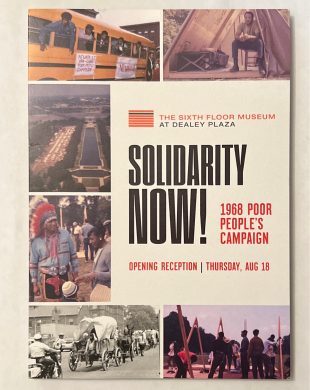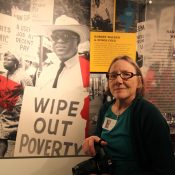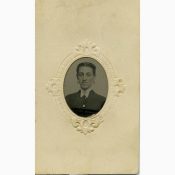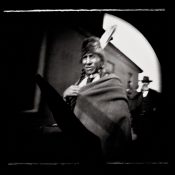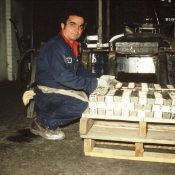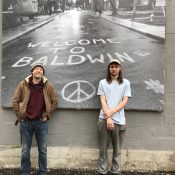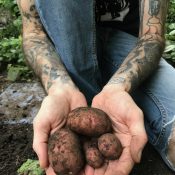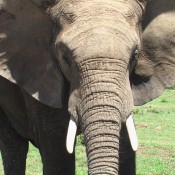Featured Content:
Featured Categories:
Latest Content:
New Adventures
Destination India
Memories of Celo, North Carolina
Both Celo, North Carolina and Mitraniketan in Kerala, India are intentional communities, planned on similar values – emphasis on education, meaningful work, non-violence, cooperation, simplicity, and environmental stewardship. Celo was founded in 1937 and Mitraniketan in 1956. Today, both communities are thriving.
After getting to know Arthur Morgan who was one of Celo’s founders, K. Viswanathan, felt inspired to form Mitraniketan. The two men had initially met at a Quaker annual conference in New Jersey. (A conference that I attended with my mother and then again with my own children. This year the conference is in Iowa and we may go with my grandchildren.)
Celo, North Carolina, USA
(past adventure)
As a young teenager, in the early 1960’s, I lived in Celo, attending work camp and then the Arthur Morgan School. At that time, the school felt like a year-long work camp. It didn’t come close to any stereotype of a boarding school. In some senses it was closer to the concept of group homes , but a voluntary experience and happier than the impression that group homes bring to mind.
There weren’t more than 40 families in the entire community.
As one of the community’s goals was to be self-supporting, work was essential to its existence. Work was also part of the philosophy of developing responsible citizens who lived in a manner that was in keeping with a non-exploitative, non-consumer, racially tolerant lifestyle.
Work done by 12 – 15 year olds during the summer camp and during the school year was not make-do work but essential work – growing vegetables, caring for the chickens, donkeys, goats, preparing meals, baking bread, cleaning, doing laundry, chopping wood, firing up the wood burning stove and making repairs. We also cleared brush, turned the chicken coop into a schoolhouse, dug a well, fought a forest fire, and repaired a bridge.
We did have classes in French and Algebra, but much of the studies included learning through experience. The boys put up telephone poles and created a phone system for local use which consisted of old wooden crank telephones. It worked and they got a science credit.
Two or three students shared a room in a “family setting”. There were 16 students in the school – mostly boarders. We lived simply . Our home had no central heating, no TV, no radios. Even though I didn’t see a newspaper for months at a time, I didn’t feel isolated from the outside world.
For instance, I was particularly aware and interested in India. Letters (or maybe it was a newsletter) were read to us about Mitraniketan. We knew that it was an interest of Arthur Morgan. K. Viswanathan was a name that I still remember.
It has been nearly fifty years since I was a student in Celo Community and became interested in Mitraniketan. I’m about to learn more as I am going to visit Mitraniketan.
Mitraniketan, Kerala, India
(present adventure)
As I mentioned, at Celo, I learned of the Mitraniketan project. It had been going for less than ten years. Today, it is a thriving community of 500.
My son, Morgan, visited Mitraniketan about 15 years ago with Canada World Youth. When he saw Arthur Morgan’s picture on the wall (in the company of pictures of Mother Teresa and Gandhi) he told Viswanathan that he was named after the Morgan family. Viswanathan gave Morgan a pamphlet about Mitraniketan that describes the community and its services. Being both packrats and info junkies, we still have the pamphlet.
Morgan is currently visiting India with his wife, Lidia, and their three children – Zenon, Lukie, and Zoriana. A recent email from Morgan about traveling in India said “It has been a tremendous adventure. Actually, every meal is an adventure. Every time we cross the street, it’s an adventure.”
I will join them but my first stop is Mitraniketan. I am particularly interested in learning more about its education programs and about the training services for women.
If we can co-ordinate the timing, Morgan and his family may be able to also go to Mitraniketan. As the time for my departure nears, I realize that I wish both my sons were a part of this adventure. However, Bennett is studying and money is limited.
The significance of this adventure is beyond the words that I have used. Maybe my progress messages will capture the importance of this journey. Being my age – a grandmother, a mother, an educator, an activist, a Quaker, a writer, a photographer – so many roles yet such limitations – I can only try and try and keep trying to communicate my hope, my joy, my inspirations.
I’m ready for the adventure.
Cheers,
Laura
